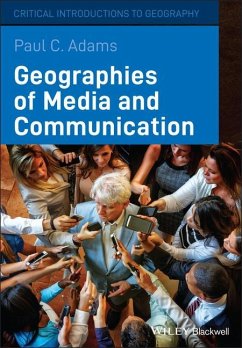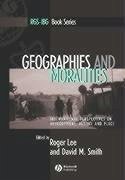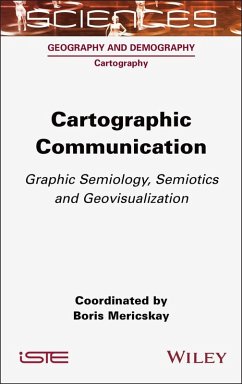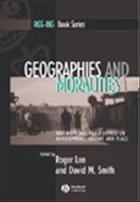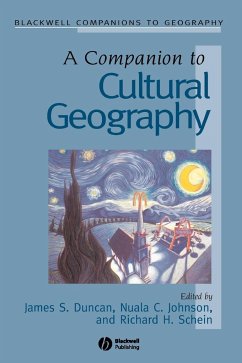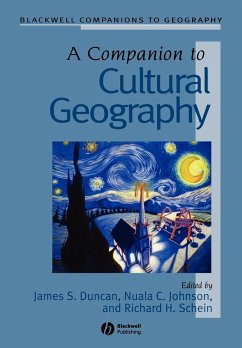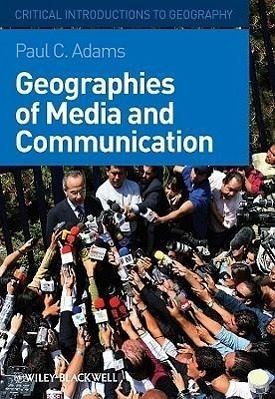
Paul C. Adams (USA University of Texas at Austin)
Gebundenes Buch
Geographies of Media and Communication
A Critical Introduction
Versandkostenfrei!
Versandfertig in 2-4 Wochen

PAYBACK Punkte
57 °P sammeln!





Geographies of Media and Communication systematically analyzes the relationship between geography and communication and shows how geographical approaches open up familiar and unfamiliar aspects of communication for analysis and discussion.
Paul C. Adams is Associate Professor and Director of Urban Studies, in the Department of Geography and the Environment, University of Texas at Austin. His books include Textures of Place: Exploring Humanist Geographies (co-edited with Steven Hoelscher and Karen E. Till) (2001), The Boundless Self: Communication in Physical and Virtual Spaces (2005), and Atlantic Reverberations: French Representations of an American Presidential Election (Ashgate, 2007).
Produktdetails
- Critical Introductions to Geography
- Verlag: John Wiley and Sons Ltd
- Seitenzahl: 288
- Erscheinungstermin: 1. März 2009
- Englisch
- Abmessung: 255mm x 179mm x 29mm
- Gewicht: 636g
- ISBN-13: 9781405154130
- ISBN-10: 1405154136
- Artikelnr.: 25866852
Herstellerkennzeichnung
Libri GmbH
Europaallee 1
36244 Bad Hersfeld
gpsr@libri.de
"In presenting a 'humbler concept, a process ratherthan an object' (p. 9) Adams' book not only seemscertain to be widely read beyond an undergraduate audience, but maybe more likely to develop genuinely shared connections across sucha broad spectrum of scholarship." (Tijdschrift voor Economische en Sociale Geografie, 1January 2013)
Für dieses Produkt wurde noch keine Bewertung abgegeben. Wir würden uns sehr freuen, wenn du die erste Bewertung schreibst!
Eine Bewertung schreiben
Eine Bewertung schreiben
Andere Kunden interessierten sich für


